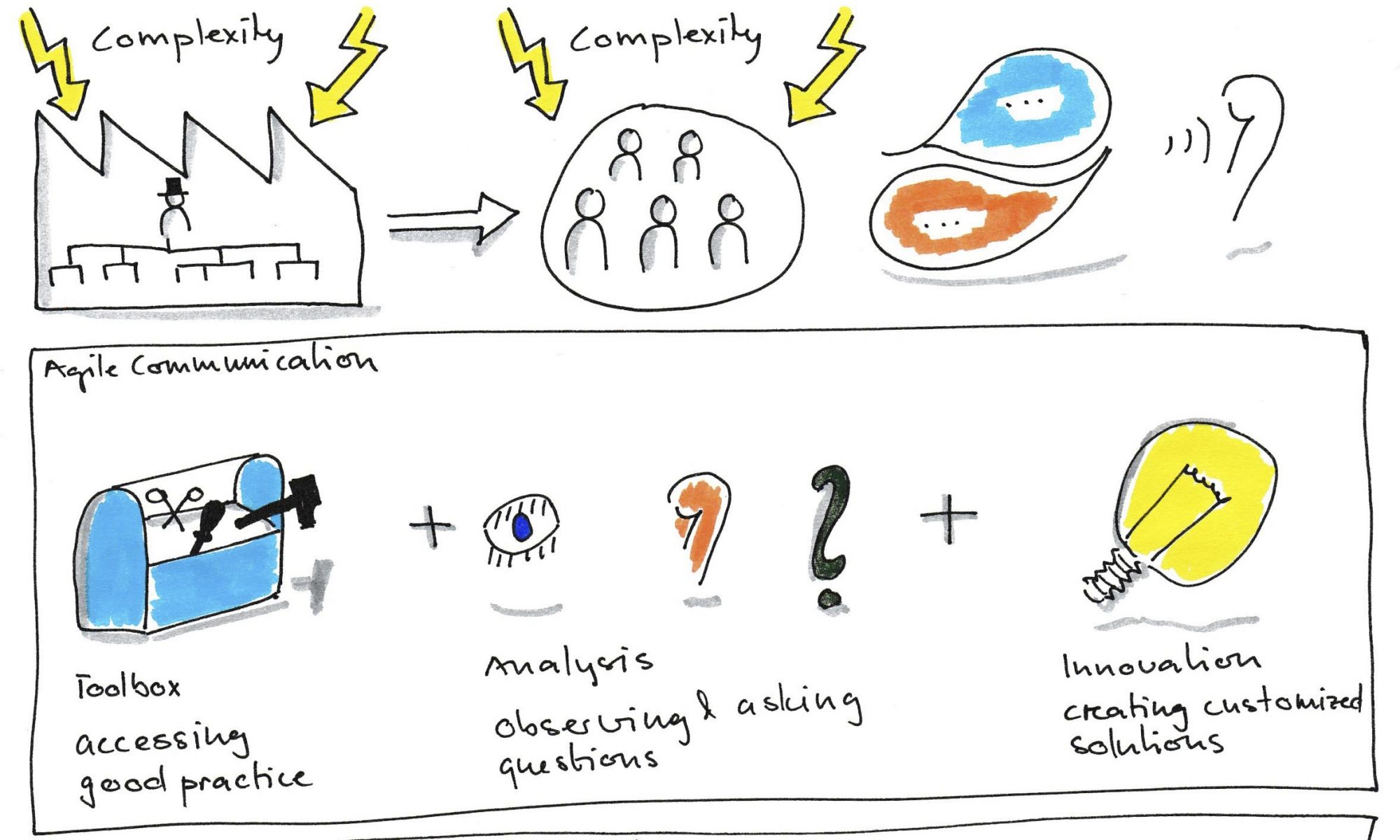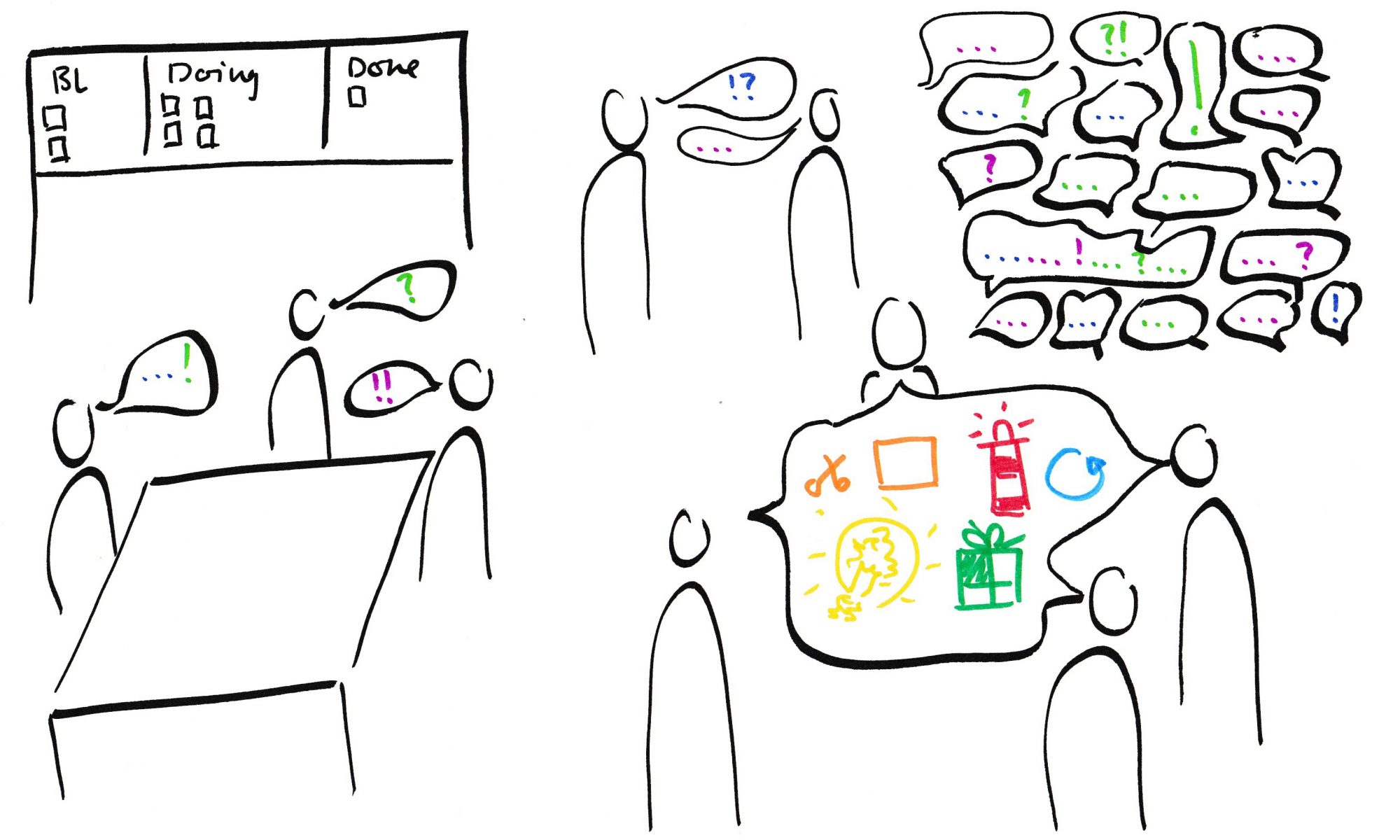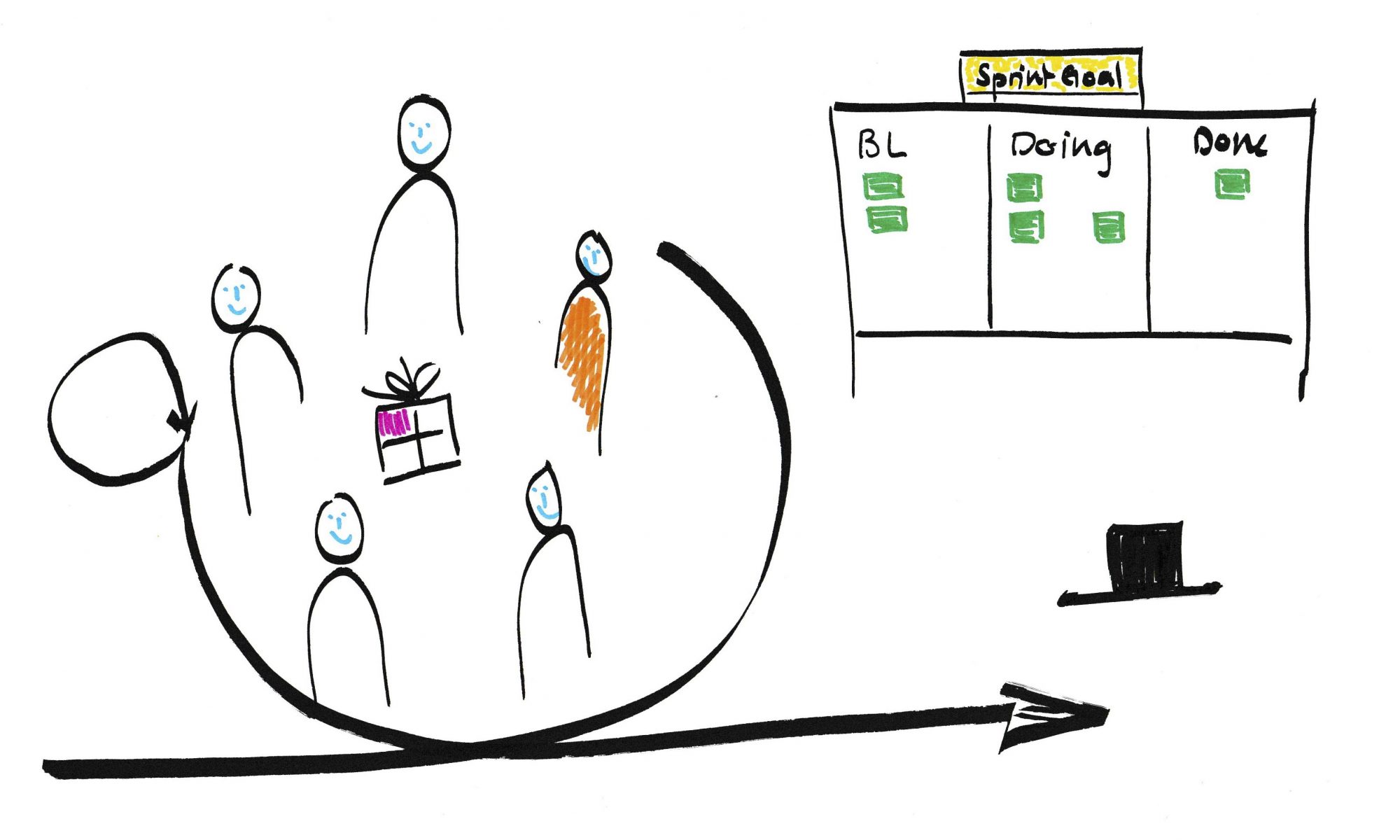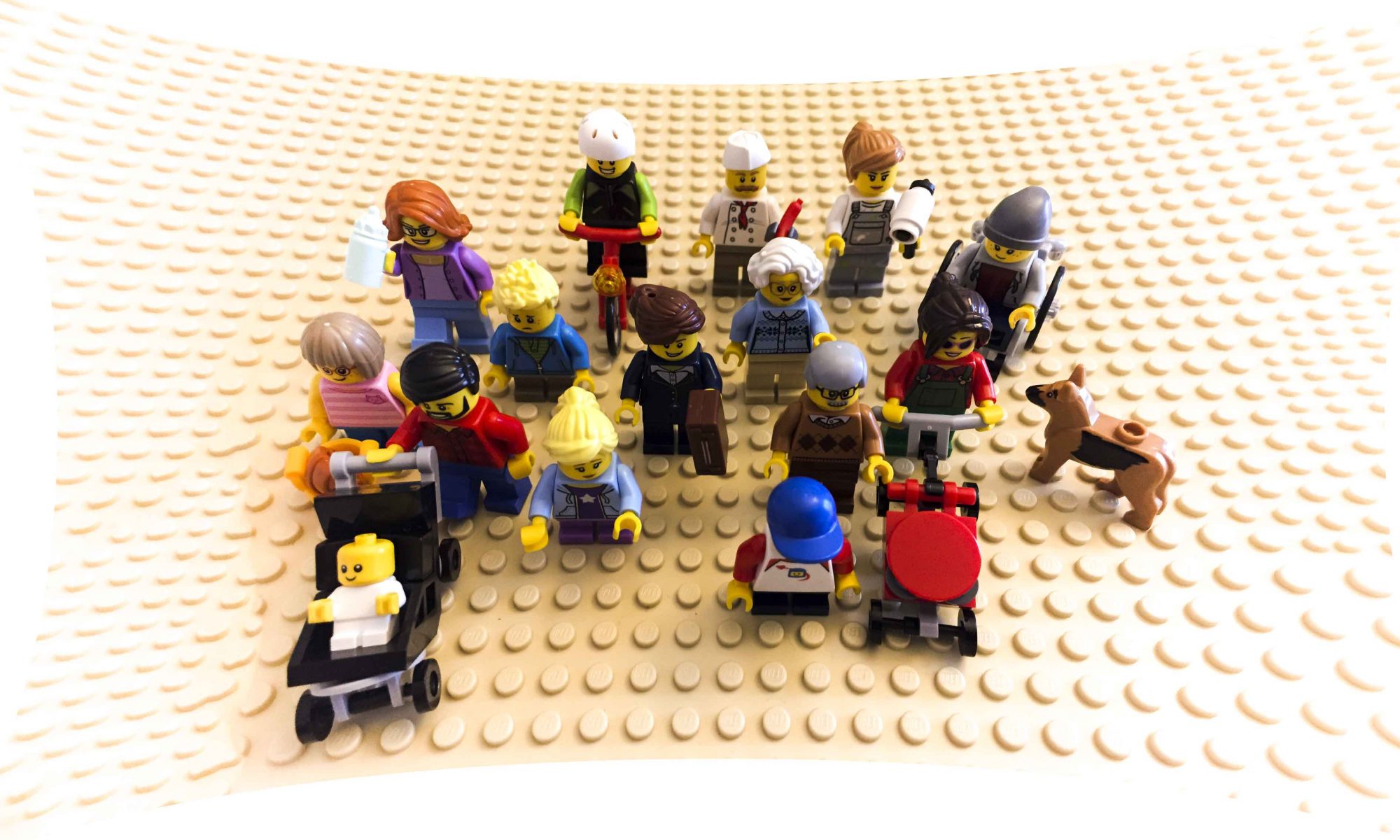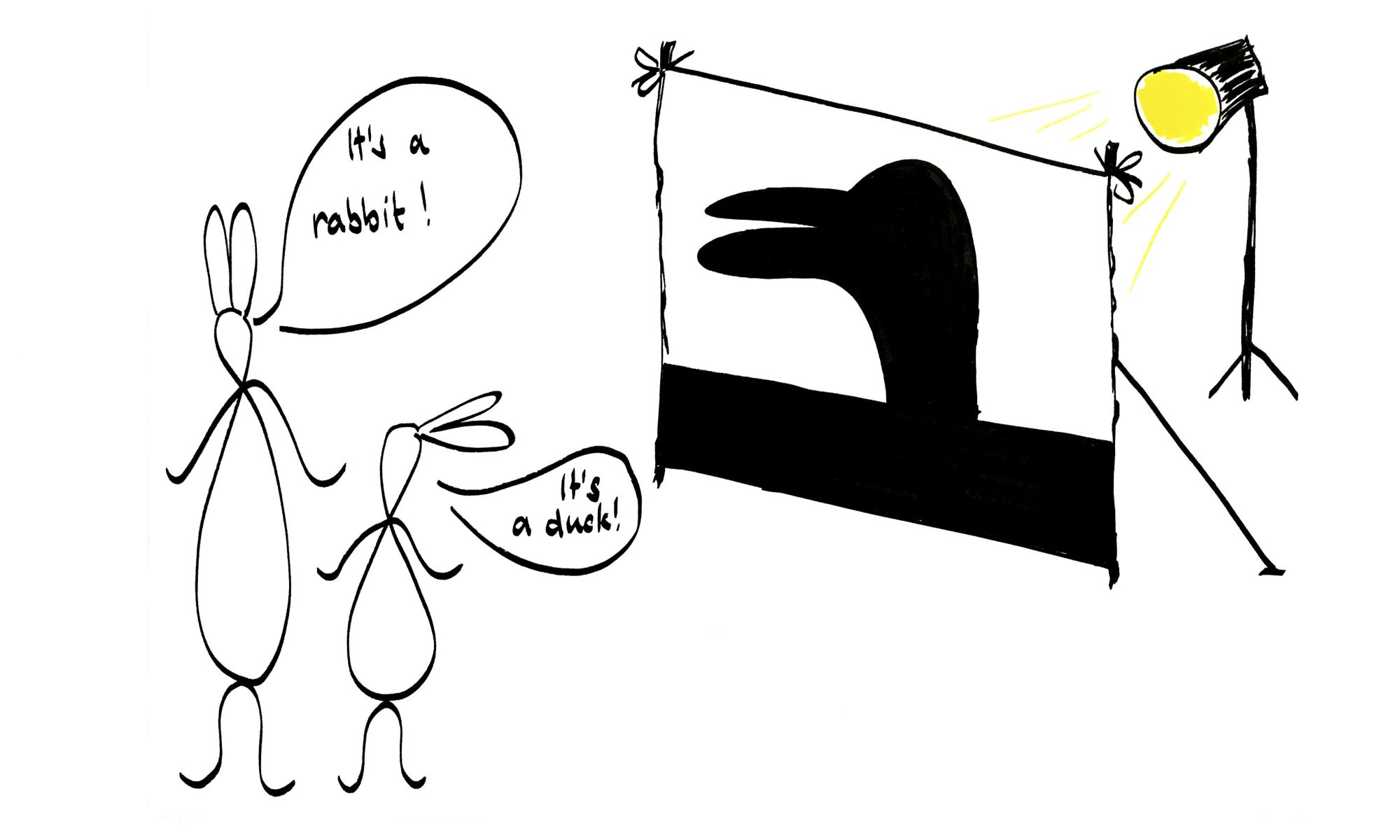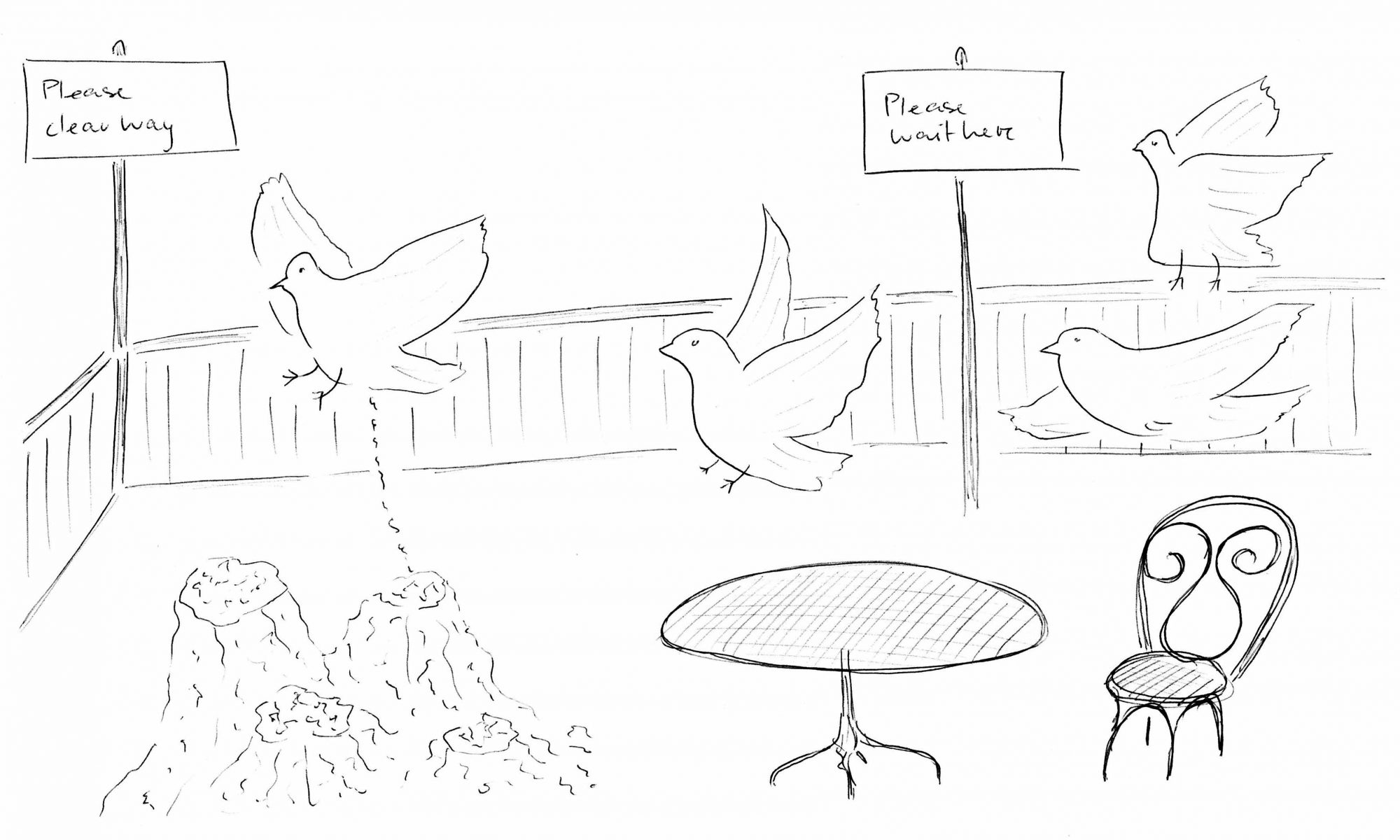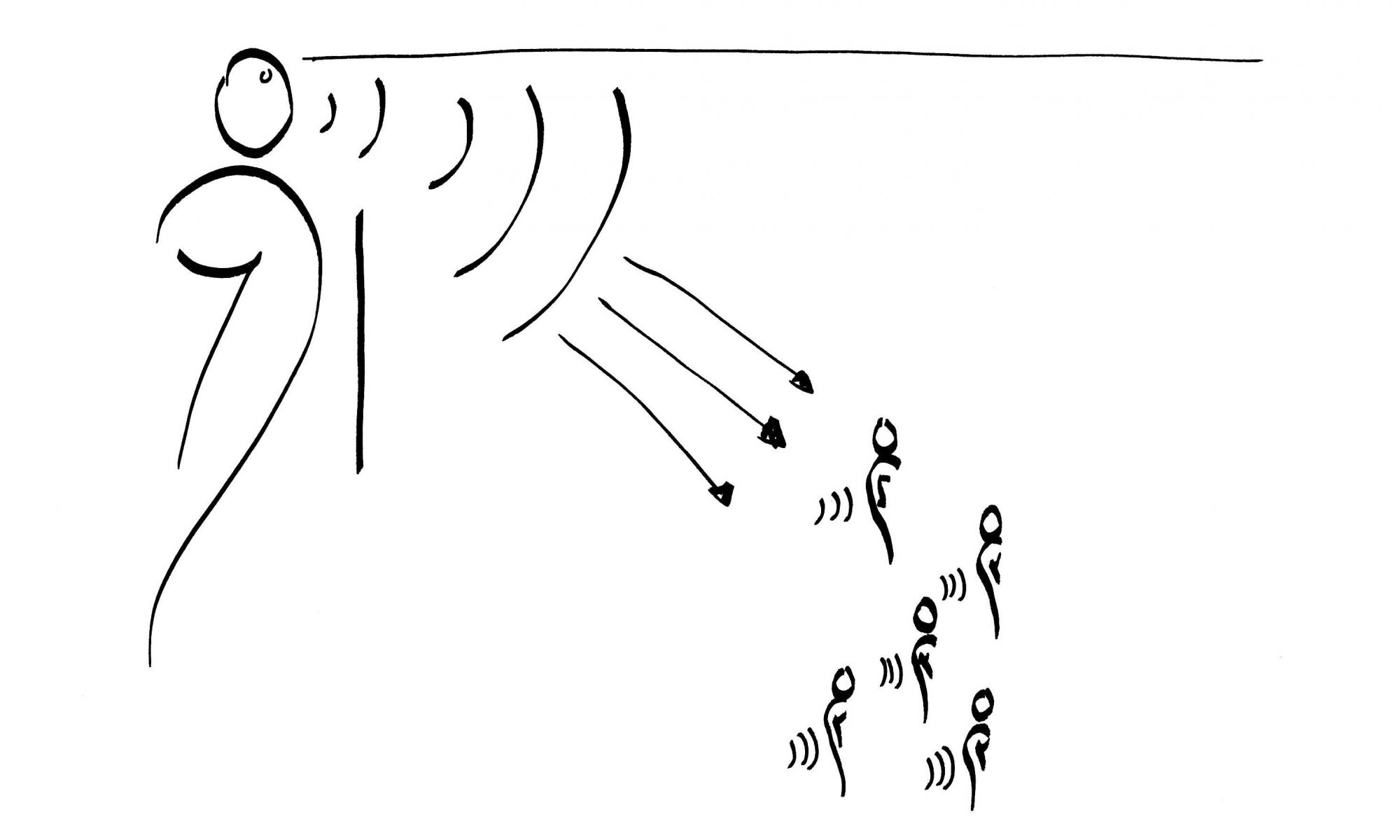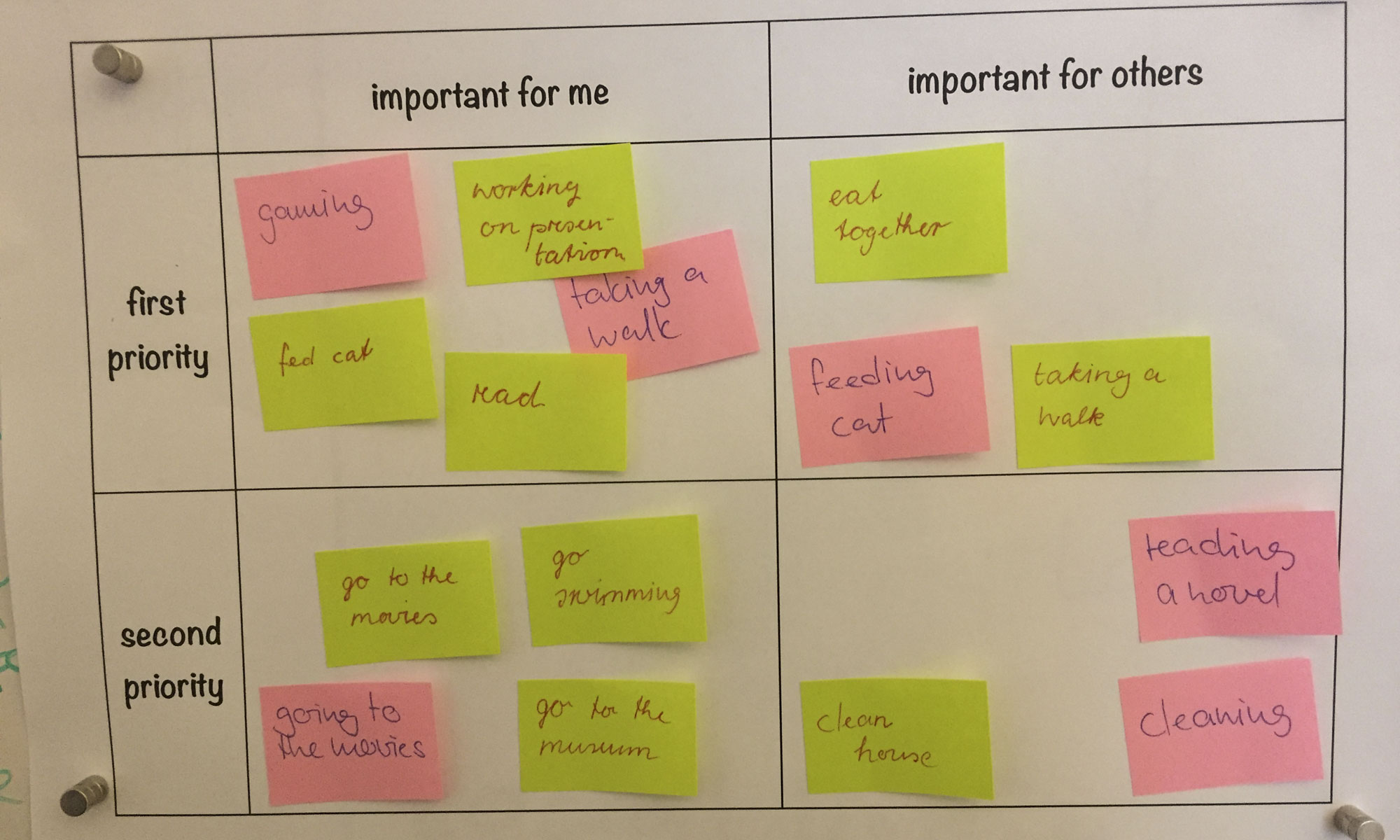Someone asked me how you can improve interpersonal communication. I needed a while before I understood the question: It is about the process of finding solutions and of what these solutions can be. I use to work iteratively. That way you get a lot of feedback and insights in the problem and the possible solutions while working on new tools for communication.
Scrum in higher education (Part III): What I’ve learnt from working with Scrum
I let my Students at a University of Applied Sciences work with Scrum for one semester. My learning is, that you can apply Scrum in very different contexts, because its simple rules make self-organization feasible and the transparency gives a good bases for communication.
„Scrum in higher education (Part III): What I’ve learnt from working with Scrum“ weiterlesen
Scrum in higher education (Part I): How I introduced Scrum to my students
I wanted my students to be more intrinsically motivated so I introduced them to Scrum and let them work totally self-organized for a whole semester. Here are my thoughts about how I set up the framework in my special context.
„Scrum in higher education (Part I): How I introduced Scrum to my students“ weiterlesen
Cross-Functional Teams and Diversity
Reading about agile, self-organizing teams I often think that diversity isn’t understood to its full potential. The Scrum Guide states that teams have to be cross-functional in order to „have all competencies needed to accomplish the work“ (Schwaber & Sutherland, 2016, p. 5). Most of the time „the work“ is addressed to be software development and testing. Diverse teams can do a lot more than that, as Management 3.0 suggests. But what is diversity?
„Cross-Functional Teams and Diversity“ weiterlesen
Blinde Flecken – Blind Spots
[with english summary] Ich stelle immer wieder fest, das Menschen grosse Mühe damit haben, Beobachtungen und Bewertungen voneinander zu trennen. Das hat zum einen etwas mit persönlicher Betroffenheit zu tun, zum anderen auch damit, dass wir uns zu wenig darin üben, diese beiden Dinge zu unterscheiden. Gerade für Feedback und für Coaching scheint es mir wichtig, sich des Unterschieds bewusst zu sein.
„Blinde Flecken – Blind Spots“ weiterlesen
What stings sticks
[Deutsche Zusammenfassung] When do you really and consciously change? Willingly? I change willingly when I unexpectedly detect something I do that hinders me. Within a second I realize a pattern, that before was hiding in a blind spot and from that moment on I am uncomfortable with it. Detecting such things and overcome them makes me more efficient and effective because I stop to impede myself. How could we implement such reflection into everyday life?
„What stings sticks“ weiterlesen
Solving problems through language – the ends of communication
[mit deutscher Zusammenfassung] Many problems in the world are misunderstandings. Many things can be solved through communication. Often, simply by talking about a problem you come to a solution. I am used to address many problems with communication. But this goes only so far. I will present some tips to improve difficult communication situations below anyway.
„Solving problems through language – the ends of communication“ weiterlesen
Agile communication vs Small Talk tactics
[mit deutscher Zusammenfassung] Last week I wrote about Small Talk and about being open to mean it, when you ask someone how they are. This aspect isn’t restricted to small talk. It’s about what agile communication is: Openness and honesty, interaction and authenticity. How can you be all that if your interactions are reduced to superficiality?
„Agile communication vs Small Talk tactics“ weiterlesen
Eisenhauer für das Wohlbefinden
[english summary] Das Eisenhower-Prinzip mit seinen vier Feldern von „wichtig und dringlich“ zu „weder noch“ ist in Verruf: Was ist schon nicht wichtig und was nicht dringend? Und was wichtig ist, ist auch dringend und umgekehrt. Das Prinzip kann aber auch agil verwendet werden und von einer Hardcore-ToDo-Liste zu einem Instrument werden, das einem Wohlbefinden verschafft.
„Eisenhauer für das Wohlbefinden“ weiterlesen
Kommunikation 3.0
*Picture above: Mischa Demarmels, „Simple Characters“ on Sketching Arena
[with english summary] Was ist agile Kommunikation? Was für Ansprüche stellt ein agiles Umfeld an Kommunikation? Welche Werkzeuge kann Kommunikation 3.0 zur Verfügung stellen? Und welche Haltung setzt eine agile Kommunikation bei den Sprecherinnen und Sprechern voraus? Diesen und ähnlichen Fragen gehe ich in meinem Blog nach.
„Kommunikation 3.0“ weiterlesen
